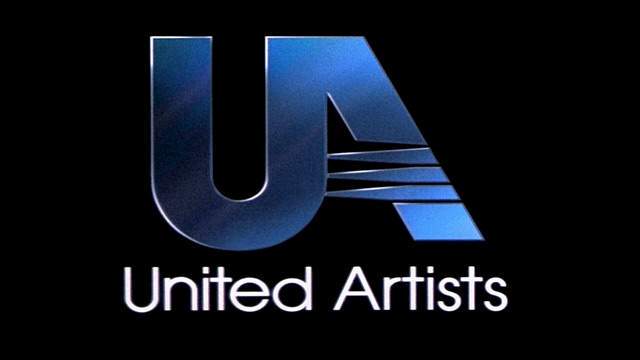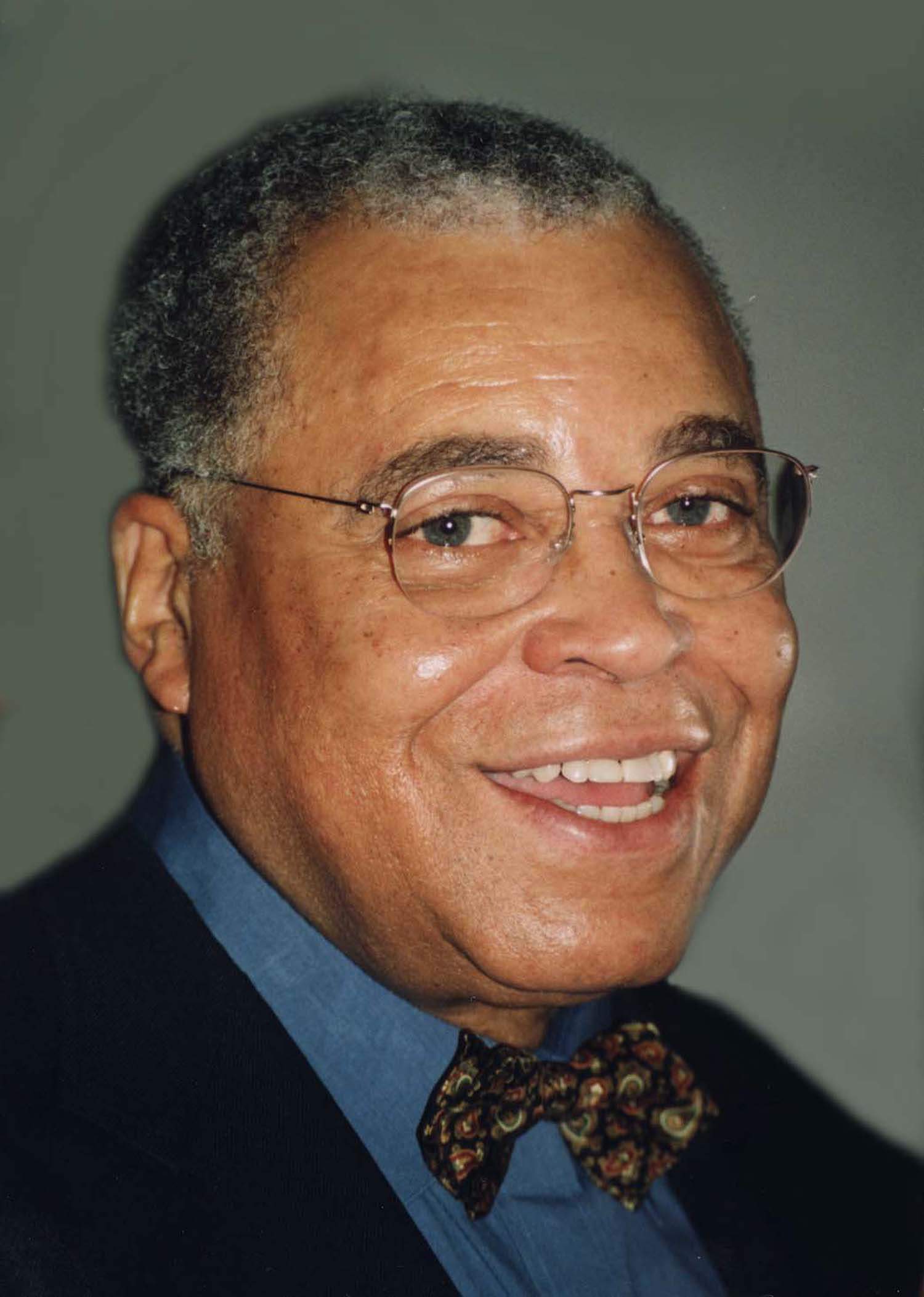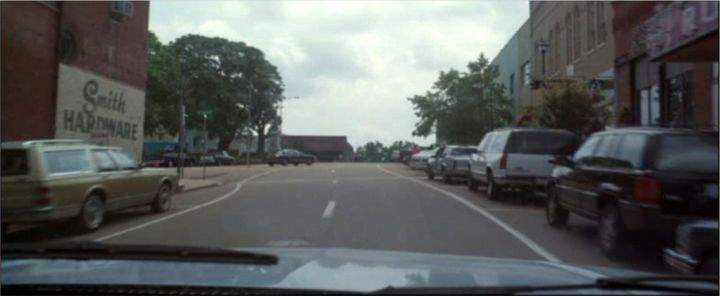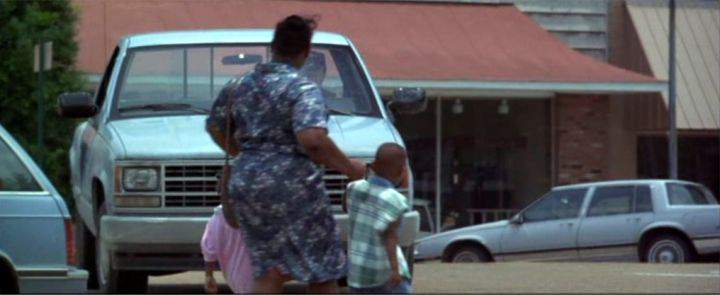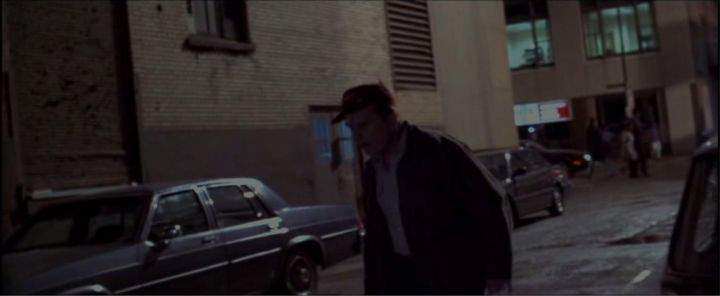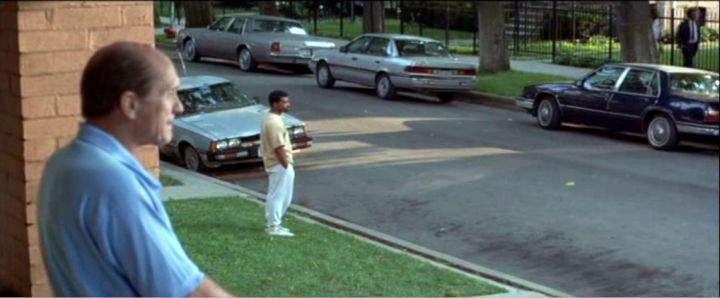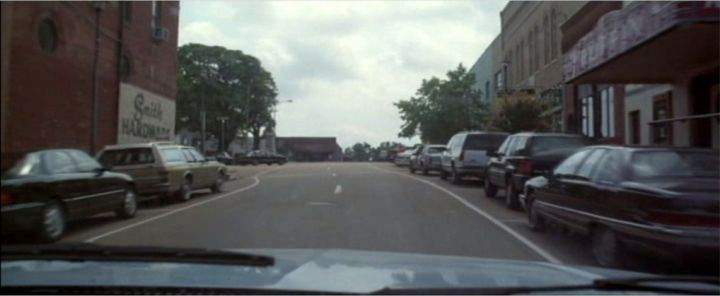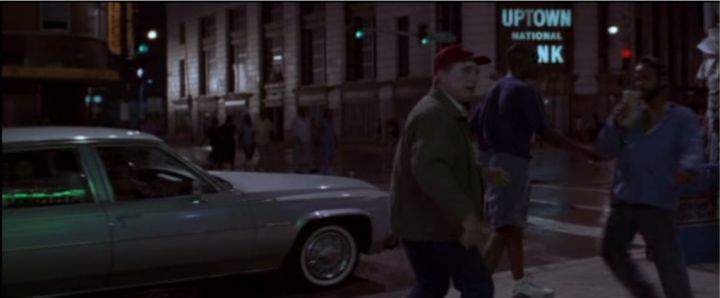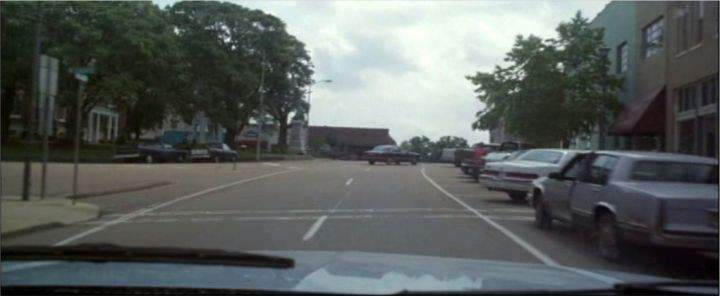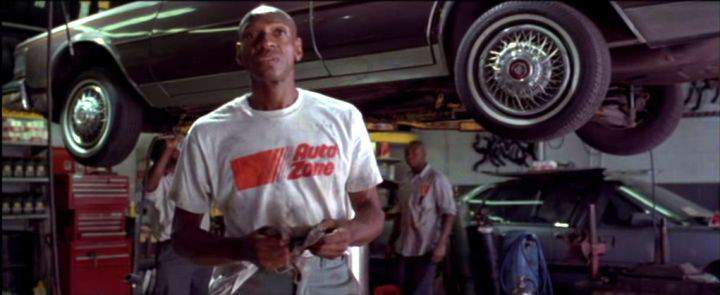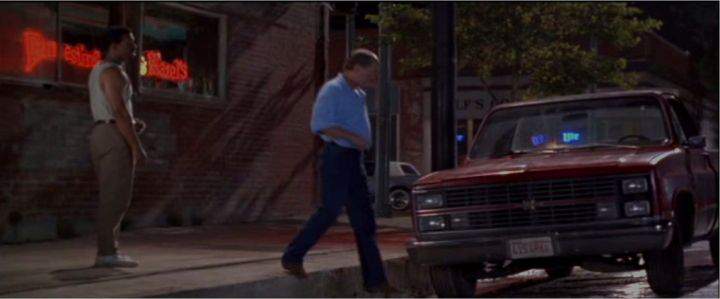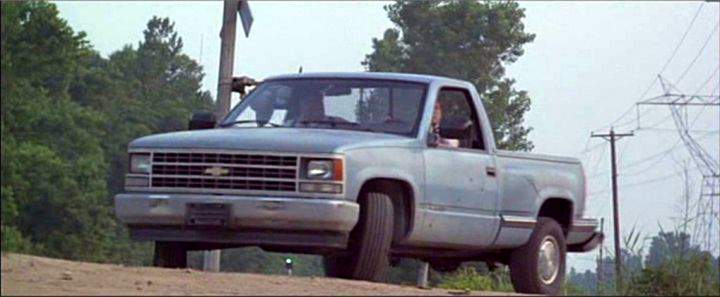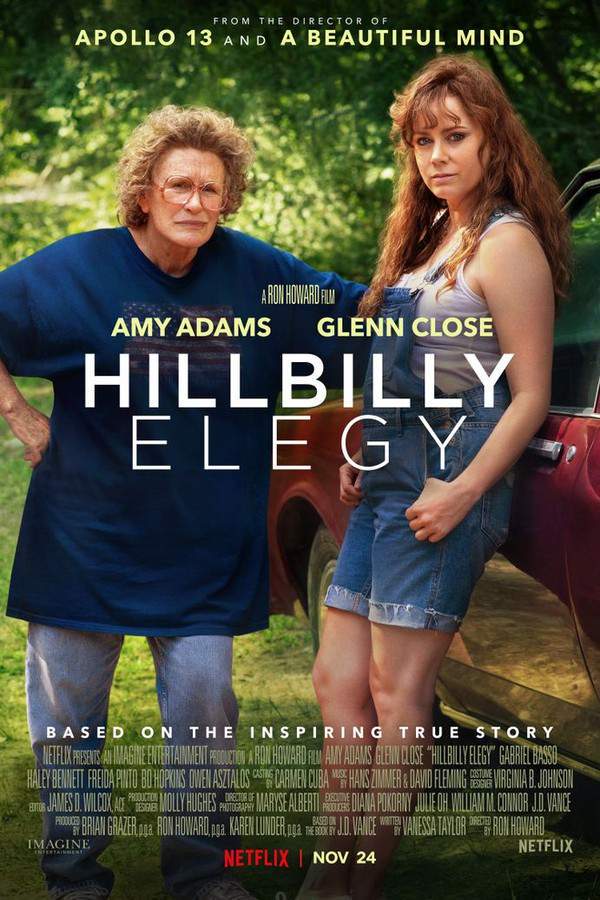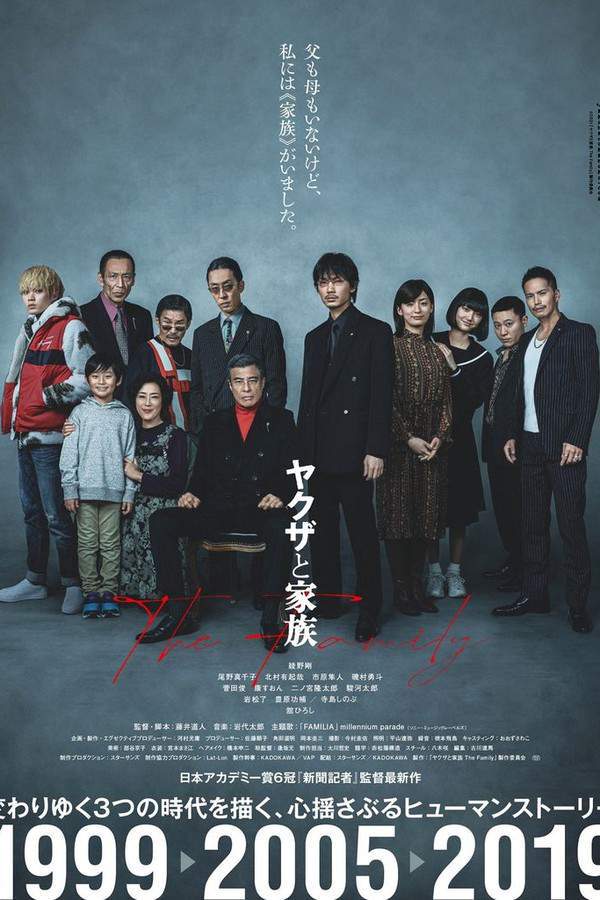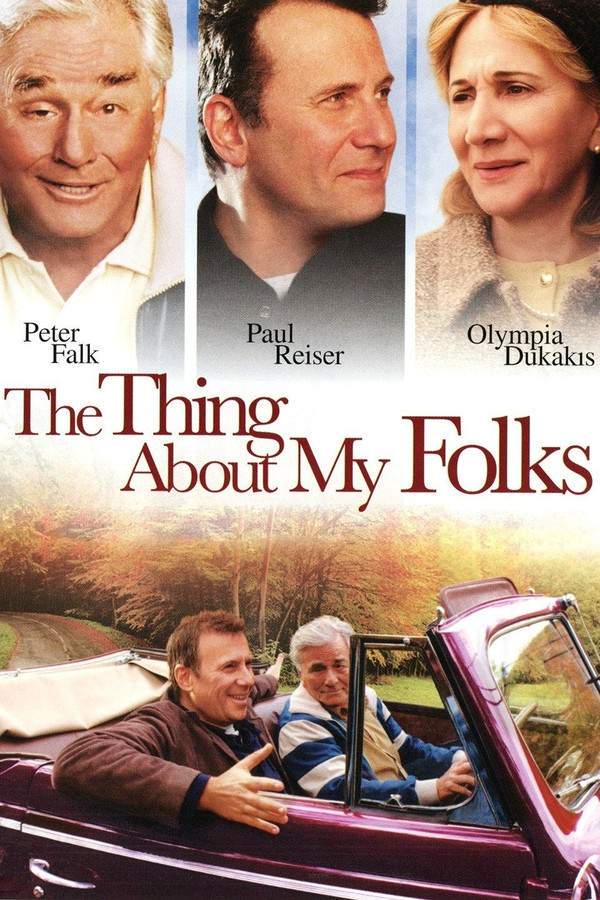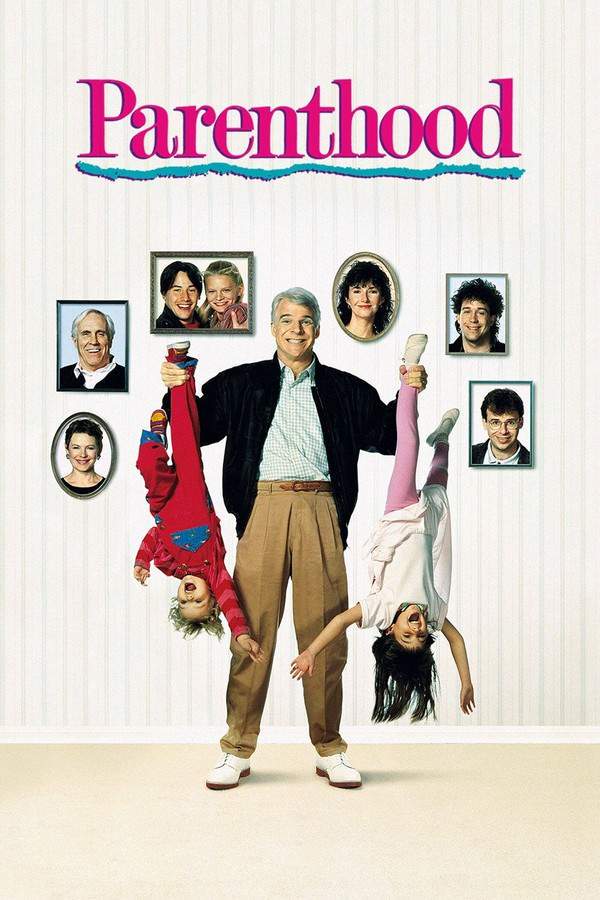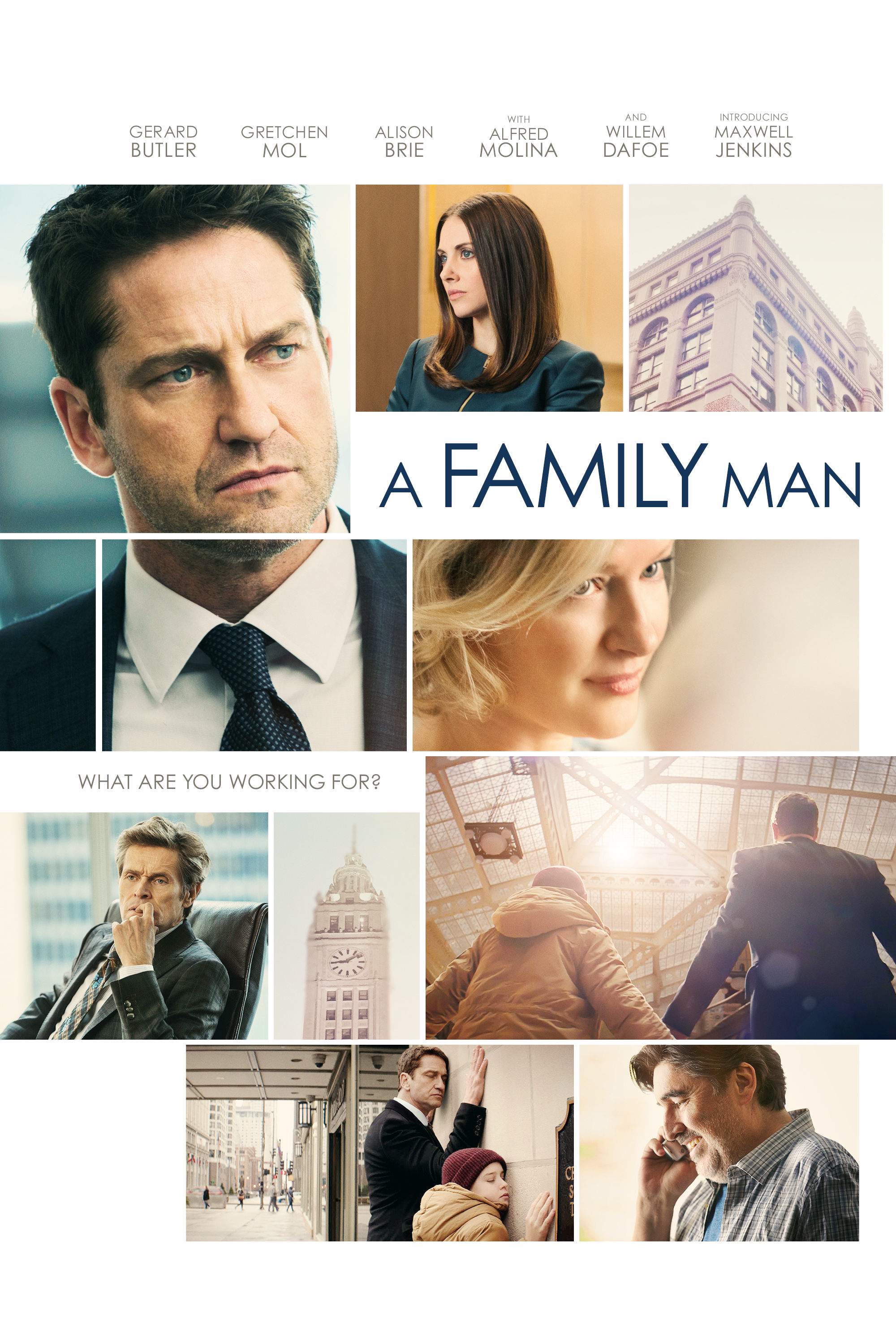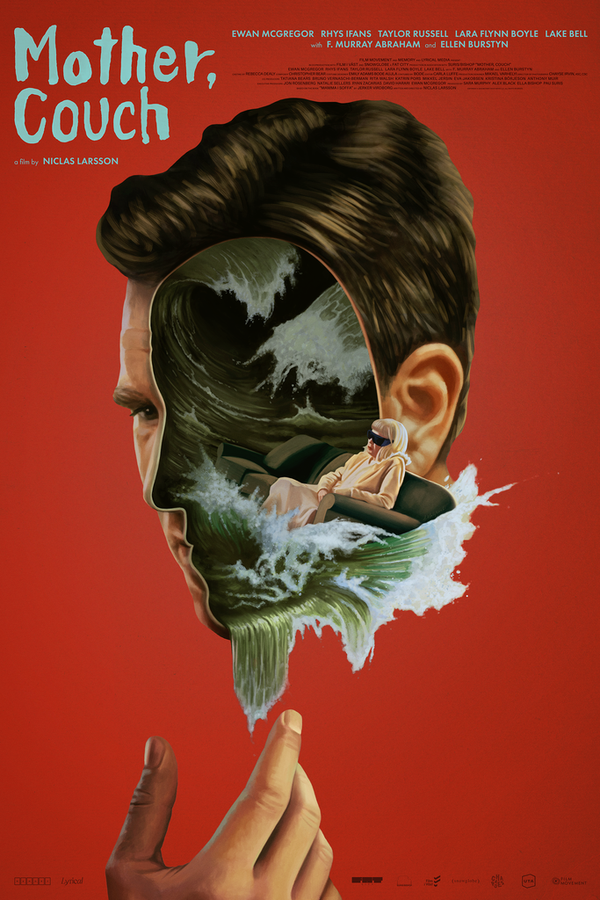A Family Thing 1996
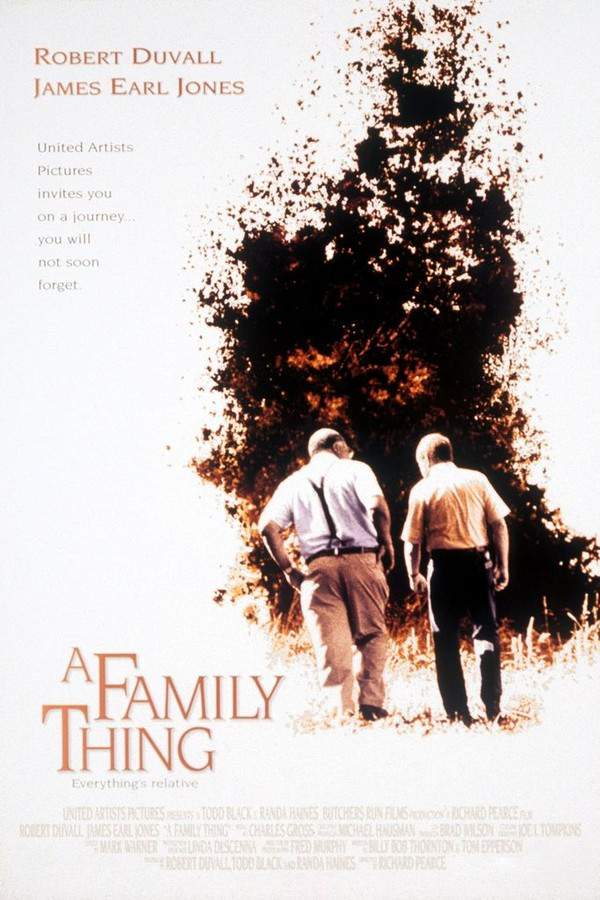
After learning his mother wasn't who he thought she was, Earl Pilcher Jr. sets out on a journey to Chicago to uncover his family's hidden past. The discovery that he has a black mother and a half-brother, Roy Murdock, forces him to confront a lifetime of lies and rejection. As Earl seeks to understand his heritage and find a sense of belonging, he experiences a profound and moving exploration of identity, acceptance, and the complexities of family.
Does A Family Thing have end credit scenes?
No!
A Family Thing does not have end credit scenes. You can leave when the credits roll.
Meet the Full Cast and Actors of A Family Thing
Explore the complete cast of A Family Thing, including both lead and supporting actors. Learn who plays each character, discover their past roles and achievements, and find out what makes this ensemble cast stand out in the world of film and television.
External Links and Streaming Options
Discover where to watch A Family Thing online, including streaming platforms, rental options, and official sources. Compare reviews, ratings, and in-depth movie information across sites like IMDb, TMDb, Wikipedia or Rotten Tomatoes.
Ratings and Reviews for A Family Thing
See how A Family Thing is rated across major platforms like IMDb, Metacritic, and TMDb. Compare audience scores and critic reviews to understand where A Family Thing stands among top-rated movies in its genre.

71
Metascore
7.8
User Score


73%
TOMATOMETER

72%
User Score

7.1 /10
IMDb Rating

64
%
User Score
Take the Ultimate A Family Thing Movie Quiz
Challenge your knowledge of A Family Thing with this fun and interactive movie quiz. Test yourself on key plot points, iconic characters, hidden details, and memorable moments to see how well you really know the film.
A Family Thing Quiz: Test your knowledge on the intricate relationships and events of 'A Family Thing' from 1996.
What revelation leads Earl to travel to Chicago?
He discovers that his biological mother was African American
He inherits a large fortune
He wants to reconnect with his childhood friend
He is searching for a lost pet
Show hint
Awards & Nominations for A Family Thing
Discover all the awards and nominations received by A Family Thing, from Oscars to film festival honors. Learn how A Family Thing and its cast and crew have been recognized by critics and the industry alike.
11th Independent Spirit Awards 1996


Full Plot Summary and Ending Explained for A Family Thing
Read the complete plot summary of A Family Thing, including all major events, twists, and the full ending explained in detail. Explore key characters, themes, hidden meanings, and everything you need to understand the story from beginning to end.
Fifty-something Arkansas redneck Earl Pilcher Jr. embarks on a life-altering journey upon discovering that his biological mother was black and that he has a half-brother named Ray, who resides in Chicago. Determined to connect with Ray, Earl drives his pickup to the windy city, only to find that their reunion is anything but warm. Ray harbors resentment, blaming Earl’s racist father for their mother’s tragic passing, which now casts a shadow over his feelings towards Earl.
After an uncomfortable confrontation, Earl’s plans are derailed when his pickup gets carjacked, resulting in a severe head injury. In a twist of fate, Ray, now a Chicago cop, is coerced into taking Earl from the hospital back to his home under the doctor’s orders that Earl must stay awake. To mask their family relationship from their Auntie T., Ray fabricates a tale about being Korean War buddies with Earl. However, Auntie T., who is blind, readily sees through the ruse, recognizing Earl’s true identity.
When Ray’s son, Virgil, arrives from his job as a city transit bus driver, he is confronted with the unexpected sight of Earl sleeping on his couch. Suspicion drips from Virgil as he demands to know who this stranger is. Fortunately, Auntie T. steps in, insisting that the truth be revealed. This revelation prompts Earl to consider leaving in search of a motel. However, an argument ensues between Earl and Ray, leading to a physical scuffle. The confrontation takes a stark turn when Earl makes a racially charged remark, igniting Ray’s fury. As Ray storms off, he declares, “If you need any more help, don’t call me. I’m through helping you!”
That night, hit hard by his choices, Earl seeks refuge under a bridge alongside a group of homeless individuals. Meanwhile, Ray, scrapping his anger after a stern talk from Auntie T., attempts to find Earl, reaching out to the police dispatcher to keep an eye on his brother. The next day brings mixed news when Virgil learns that Earl has been discovered.
The family unites with Virgil’s ex-wife, Ann, and their daughters, Kindra and Danielle, for a picnic. During this gathering, Earl gains insight into Virgil’s past and the dreams that were dashed after a knee injury curtailed his football career. This moment fosters a deeper bond as Earl urges Virgil to seek hope and pursue positives in life. Virgil, initially resistant, begins to reflect on Earl’s encouraging words.
Back at home, Auntie T. presents Earl with a photograph of their mother and recounts the heartwarming yet bittersweet tale of Earl’s birth, revealing a moment where Ray cradled Earl as a newborn and proclaimed, “This is my baby.” The story touches both brothers deeply, leading them to confront their shared past.
In a poignant turn of events, Ray takes Earl to reclaim his stolen truck from the police impound lot. Despite its rough condition—marked with bullet holes from a robbery—the truck signifies a path back to their roots. Together, the brothers set off on a heartfelt journey back to Arkansas to pay respects at their mother’s grave, embarking on a healing journey marked by their newfound connection.
Uncover the Details: Timeline, Characters, Themes, and Beyond!

Coming soon on iOS and Android
The Plot Explained Mobile App
From blockbusters to hidden gems — dive into movie stories anytime, anywhere. Save your favorites, discover plots faster, and never miss a twist again.
Sign up to be the first to know when we launch. Your email stays private — always.
Watch Trailers, Clips & Behind-the-Scenes for A Family Thing
Watch official trailers, exclusive clips, cast interviews, and behind-the-scenes footage from A Family Thing. Dive deeper into the making of the film, its standout moments, and key production insights.
Cars Featured in A Family Thing
Explore all cars featured in A Family Thing, including their makes, models, scenes they appear in, and their significance to the plot. A must-read for car enthusiasts and movie buffs alike.
A Family Thing Themes and Keywords
Discover the central themes, ideas, and keywords that define the movie’s story, tone, and message. Analyze the film’s deeper meanings, genre influences, and recurring concepts.

Unlock the World of Movies with Our Comprehensive Wiki
Dive into our Movie Wiki for in-depth film encyclopedia entries, including cast biographies, production trivia, plot synopses, behind-the-scenes facts, and thematic analyses. Whether you’re researching iconic directors, exploring genre histories, or discovering hidden easter eggs, our expertly curated movie database has everything you need to fuel your cinematic passion.

Similar Movies To A Family Thing You Should Know About
Browse a curated list of movies similar in genre, tone, characters, or story structure. Discover new titles like the one you're watching, perfect for fans of related plots, vibes, or cinematic styles.
Quick Links: Summary, Cast, Ratings, More

What's After the Movie?
Not sure whether to stay after the credits? Find out!
Explore Our Movie Platform
New Movie Releases (2026)
Famous Movie Actors
Top Film Production Studios
Movie Plot Summaries & Endings
Major Movie Awards & Winners
Best Concert Films & Music Documentaries
Movie Collections and Curated Lists
© 2026 What's After the Movie. All rights reserved.


